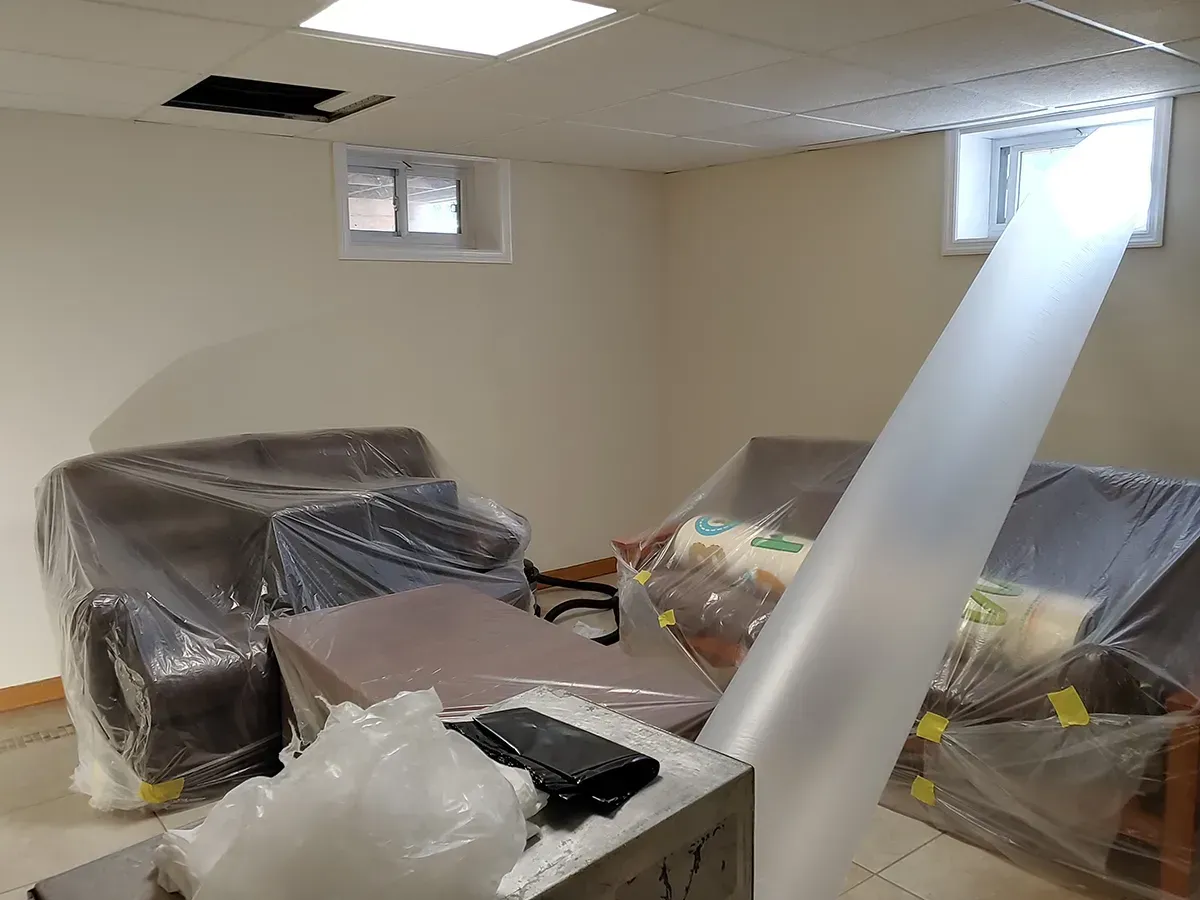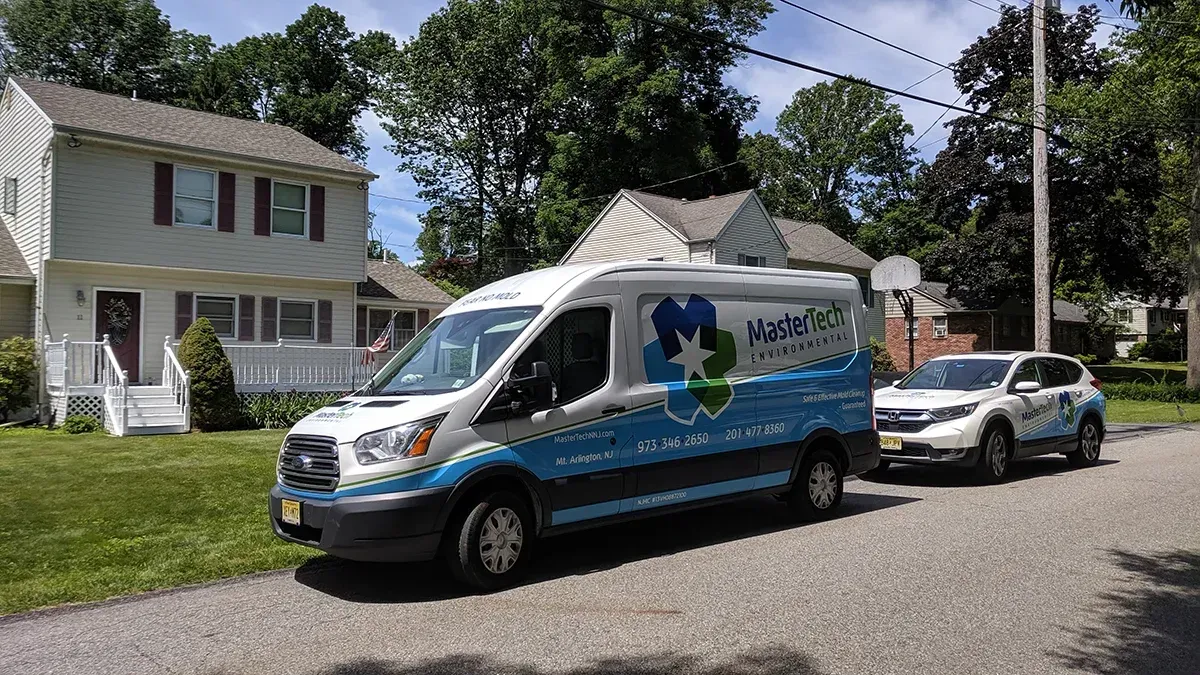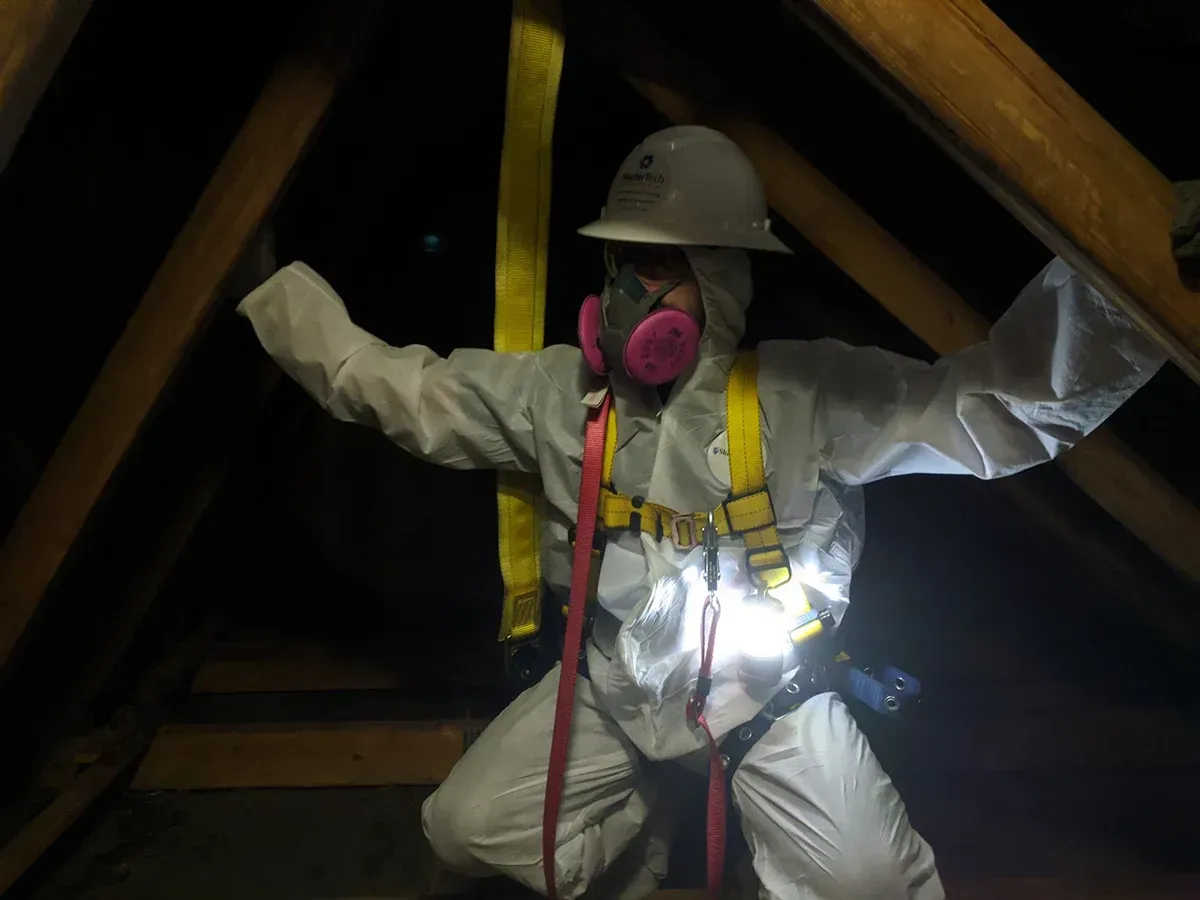Is Your Morris County, NJ Basement Really a Good Candidate for Finished Space?

Maybe you want a playroom, an office, or a guest suite. The basement seems like the easiest way to add extra square footage without adding an addition to the house. At the same time, you have heard enough horror stories about musty carpets, swollen trim, and mold hiding behind brand-new walls that you are not sure if finishing your basement is a smart move or a slow disaster.
The hard truth is that not every basement should be finished, even if a contractor says it can be done. The conditions that make a basement comfortable and safe to live in are very different from the conditions a concrete foundation can tolerate. A basement is only a good candidate for finished space if all water issues are corrected, the humidity can be kept in a safe range year-round, and the design keeps wood and drywall away from damp foundation walls; otherwise, finishing it is just building a hidden mold problem into the house.
Why This Question Matters So Much in Morris County
Basements in Morris County are prone to conditions that make them inherently vulnerable. We experience humid summers, heavy rainfall events, rapid temperature swings, and older neighborhoods where grading and drainage were not designed for today’s weather patterns. Even newer homes can struggle if nearby development alters the way water flows across a property.
These factors create a simple truth. A basement that looks fine today might not stay that way once walls and flooring are added. When moisture rises or water pressure shifts, finished materials trap the problem instead of revealing it. That is why the question should never be, “Can this be finished right now?” The question should always be, “Can this basement support a finished space safely for years, not months?”
Step One: Be Honest About Water and Moisture History
Most homeowners already have some knowledge about their basement’s past. They remember the rainy weekend when the floor looked darker than usual. They remember the box that grew soft in the corner. They recall the musty smell that appears every July. Even if these moments seemed small at the time, they are clues.
The biggest mistake people make is assuming that because the basement “never flooded,” it is dry. Flooding is only one form of water intrusion. Slow seepage, wicking through concrete, seasonal dampness, and high humidity can create the same mold-friendly environment without ever producing an obvious puddle.
Before you think about layout, drywall, or flooring, pause and ask:
· Has moisture ever appeared on the walls or floor?
· Are there white, powdery salt deposits?
· Does the basement smell earthy or musty at certain times of year?
· Have sump pumps, plumbing, or appliances ever failed?
· Does the air feel heavier downstairs than upstairs?
If any of these ring true, the basement needs correction before it becomes a finished space. Failing to acknowledge this reality check leads to regret. As a mold inspection company serving Morris County, NJ, we often encounter finished basements that appear beautiful on the surface but conceal serious mold growth behind brand-new walls. The problems always started as “small signs” that were ignored or minimized.
Step Two: Control Water Outside Before You Finish Inside
A healthy finished basement begins outside, not inside. If the exterior pushes water toward your foundation, then interior fixes become temporary bandages.
Water behaves in subtle ways. It can track along the edge of a driveway. It can follow the slope created by a neighbor’s recent renovation. It can pool at the bottom of a flower bed against a foundation wall. Each of these can supply a slow, persistent water load that you never notice until walls and flooring begin to fail.
Before building anything, look at:
· Grading that slopes away from the house
· Gutters and downspouts that move water far enough off the foundation
· Hard surfaces like patios and walkways that may be directing water toward the home
· Cracks, openings, and weak points in the foundation
· Landscaping that traps moisture instead of shedding it
Correcting exterior drainage is not glamorous, but it is the foundation for every other decision. If water cannot be kept outside, it will eventually seep inside, regardless of how well the basement is renovated.
Step Three: Keep Humidity In a Safe Range All Year
Even if liquid water is under control, the air itself can sabotage a finished basement. Basements naturally run cooler than the floors above them. When warm, humid air enters a cool space, it condenses. Moisture settles on walls, floors, furniture, and even stored boxes. Over time, that creates exactly the conditions mold needs.
Homeowners are often surprised to learn that a basement can feel “dry enough” while sitting at humidity levels that support mold growth. That is why consistent control matters more than momentary impressions.
A basement becomes a good candidate for finishing when:
· Humidity stays around forty to fifty percent through all seasons
· A properly sized dehumidifier runs continuously during humid months
· Air circulates into closets and corners instead of becoming stale
· No musty odor forms after storms or in summer
If humidity routinely sits above sixty percent, or if the basement smells musty after rain, finishing it with wood framing and drywall is unsafe. Mold does not care whether the basement looks nice. It responds to the environment, not the décor.
Step Four: Protect the Finished Space From the Foundation
Once water and humidity are under control, the next step is choosing materials that protect your investment. Basement foundations naturally absorb and release moisture. Even a well-managed basement will experience swings. That means anything touching that foundation must tolerate occasional dampness.
Many homeowners assume they can finish a basement the same way they would finish a bedroom. The wood studs, drywall, carpet, and standard trim all appear normal. Unfortunately, those materials are exactly what mold thrives on.
Safer design choices include:
· Metal studs instead of wood framing along exterior walls
· Rigid foam or similar moisture-tolerant insulation
· Cement board, fiberglass reinforced panels, or similar wall systems
· Vinyl plank, tile, or sealed concrete instead of carpet
· PVC or composite trim
· Ceilings that stay accessible rather than sealed tight
These choices are not about luxury. They are about durability. When a basement is finished with materials that cannot absorb and hold moisture, small issues do not become large ones. If something ever goes wrong, repairs stay small, not catastrophic.
When a Finished Basement Might Already Have a Mold Problem
Some families reach this point after the renovation is complete. The basement looked perfect at first, but slowly, something began to feel off. A musty smell settles in. A child’s allergy symptoms worsen when they are downstairs. A small stain appears where nothing spilled. The dehumidifier appears to be running without reducing the dampness in the air.
Finished surfaces can conceal problems that were minor at first but have steadily grown behind the walls. Many homeowners hesitate to investigate because they do not want to damage newly finished work. Unfortunately, waiting can allow the problem to spread.
If you are already typing “mold inspection Morris County NJ” into your browser, something about the space has raised concern. Trust that instinct. A small, targeted evaluation can provide answers before minor issues escalate into a major remediation project.
Download the Finished Basement Best Practices PDF
For homeowners who want a step-by-step breakdown, we created a detailed PDF that matches the depth of our in-home evaluations. It includes questions to ask, conditions to look for, material recommendations, and guidance on long-term maintenance. The PDF is designed to help you make informed decisions and provide contractors with a clear checklist for planning your project.
Not Sure If Your Basement Is Ready, Start With the Truth
A finished basement adds living space, increases comfort, and makes your home feel larger. The key is making sure the space is truly ready. A basement with water issues, high humidity, or poor material choices does not become safer when covered up. It becomes more complicated.
A clear and honest evaluation is the first step toward a healthy basement. If you live in Morris County or nearby areas and are unsure whether your basement is a good candidate for finishing, or if your finished basement already feels “off,” schedule a professional mold and moisture inspection.
MasterTech Environmental of Northern New Jersey helps homeowners understand the actual conditions of their basements, enabling them to make informed, safe decisions. Let us guide you through the process with clarity, care, and proven experience.





